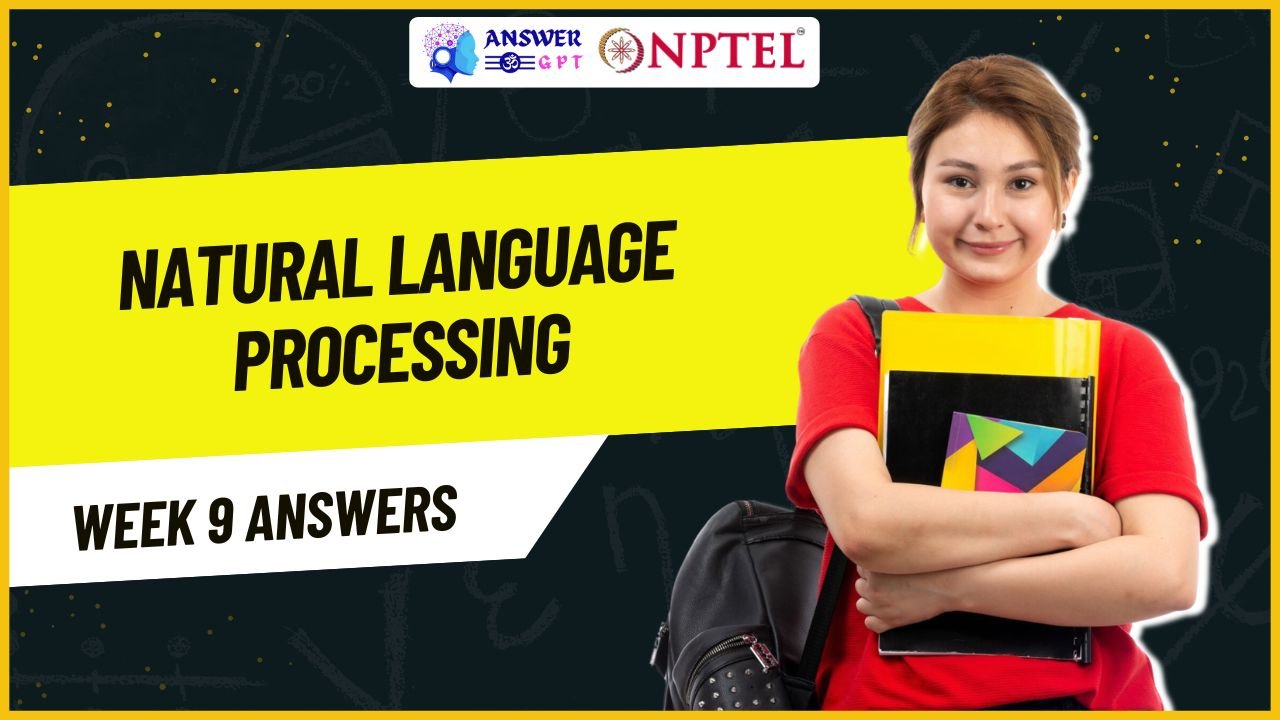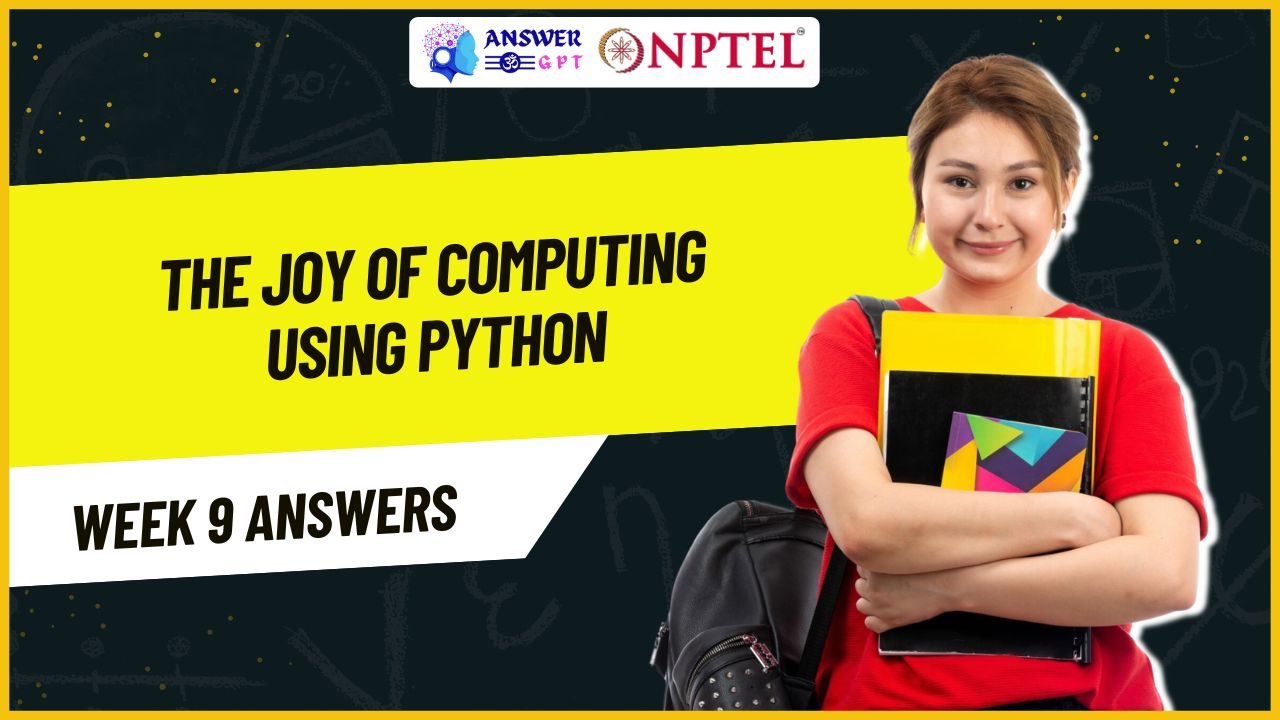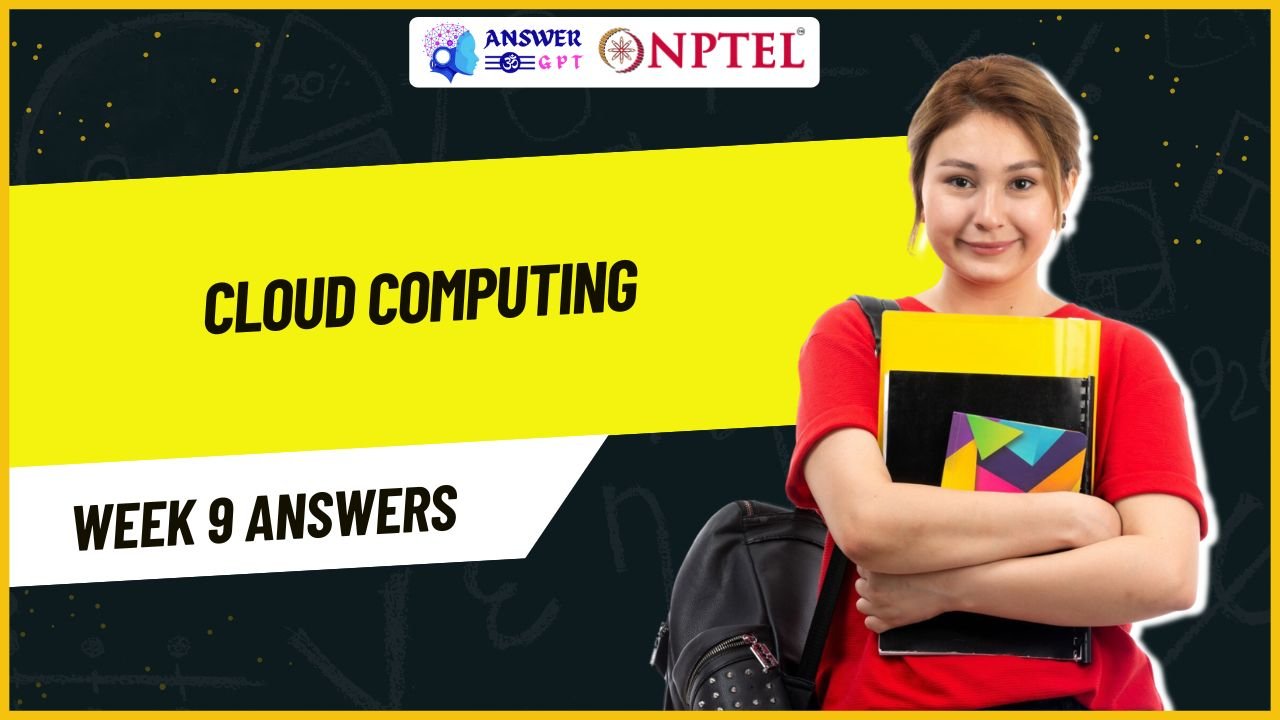Introduction To Industry 4.0 And Industrial Internet Of Things Week 9 NPTEL Assignment Answers 2025
NPTEL Introduction To Industry 4.0 And Industrial Internet Of Things Week 9 Assignment Answers 2024
1. Which of the following is not a valid reason for employing fog computing in IIoT?
a. Consistent release of data from sensors and machines
b. Need for immediate action and quick response
c. Devaluing existing functionalities of IIoT
d. Data may be critical as well as time-sensitive
✅ Answer :- c
Explanation: Fog computing enhances IIoT, not devalues its functionalities.
2. Which of the following statements is false about the fog-enabled IIoT for Smart Grid and Power Industry?
a. Dynamic demand of appliances
b. Unidirectional communication between the consumer and supplier
c. Power supply is provided from micro-grids, local distribution companies
d. Advanced metering infrastructure for bi-directional communication
✅ Answer :- b
Explanation: Fog-enabled Smart Grids support bi-directional communication, not unidirectional.
3. Which of the following products is not produced by Nebbiolo Technologies?
a. fogOS
b. fogNode
c. fogSM
d. fogBCD
✅ Answer :- d
Explanation: fogBCD is not a known product of Nebbiolo Technologies.
4. Which facility is not supported by SONM fog computing platform?
a. Blockchain infrastructure
b. Video streaming
c. Machine learning
d. Digital triplet
✅ Answer :- d
Explanation: SONM supports blockchain, ML, video streaming — not “digital triplet”.
5. In R Programming, it is compulsory to specify the datatype at the time of variable declaration.
a. True
b. False
✅ Answer :- b
Explanation: R is a dynamically typed language — you don’t need to predefine data types.
6. Which of the following can be used to calculate a in R programming?
a. a+b
b. a/b
c. a^b
d. a@b
✅ Answer :- c
Explanation: a^b is used for exponentiation in R.
7. Operand used to create a series of numbers in R vector?
a. <=
b. #
c. :
d. !
✅ Answer :- c
Explanation: The colon (:) operator creates sequences in R.
8. Which of the following is/are supported by Julia language?
a. Tuples
b. Dictionary
c. Arrays
d. All of the above
✅ Answer :- d
Explanation: Julia supports all basic data structures including arrays, tuples, and dictionaries.
9. Essential characteristics of cloud computing as per NIST?
a. On-demand self service
b. Resource pooling
c. Broad network access
d. All of the above
✅ Answer :- d
Explanation: All listed options are core features of cloud computing.
10. Why is integration necessary in data pre-processing?
a. Mitigating redundancy
b. Combining data from various sources
c. Cleaning incomplete data
d. Identifying inaccurate data
✅ Answer :- b
Explanation: Integration is used to merge data from multiple sources for analysis.
11. “There are three main NoSQL databases…” — True or False?
a. True
b. False
✅ Answer :- a
Explanation: NoSQL databases include key-value, column-based, and document-based types.
12. Statement about Hadoop Master/Slave architecture is correct?
a. True
b. False
✅ Answer :- b
Explanation: In Hadoop, the master controls metadata and job tracking, not read/write.
13. Which is false about Cube topology in data centers?
a. Follow switch-oriented practice, rather than server-centric approach
b. Provides multiple short paths
c. Intelligence on MDC servers
d. Forms multiple edge-disjoint spanning trees
✅ Answer :- a
Explanation: Cube topology is server-centric, not switch-oriented.
14. Protocol used by SDN?
a. OpenByte
b. OpenFlow
c. WideFlow
d. ClosedByte
✅ Answer :- b
Explanation: OpenFlow is the primary protocol used in Software Defined Networking.
15. Which is incorrect about SDN?
a. SDN increases complexity of traditional networks by separating the control and data planes
b. SDN and NFV are separate paradigms
c. SDN provides a centralized view
d. SDN supports optimization and smart transmission
✅ Answer :- a
Explanation: SDN reduces complexity by separating the control and data planes.

![[Week 1-12] NPTEL Introduction To Industry 4.0 And Industrial Internet Of Things Assignment Answers 2025](https://answergpt.in/wp-content/uploads/2025/07/Introduction-To-Industry-4.0-And-Industrial-Internet-Of-Things-10.jpg)

![[Week 1-12] NPTEL Introduction To Industry 4.0 And Industrial Internet Of Things Assignment Answers 2024](https://answergpt.in/wp-content/uploads/2024/01/Introduction-To-Industry-4.0-And-Industrial-Internet-Of-Things-scaled.jpg)


